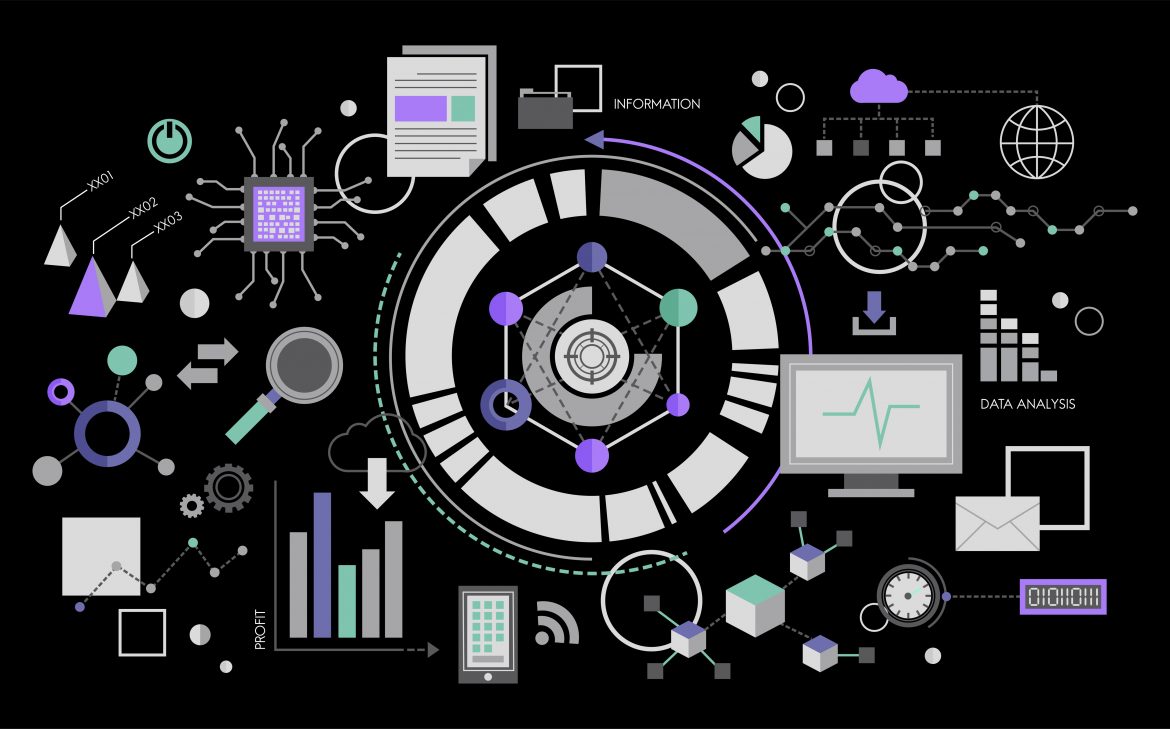In today’s digital landscape, data is no longer just a supporting player—it’s the star of the show. Every second, countless gigabytes of information flow from social media, IoT sensors, financial markets, autonomous vehicles, and more. The big ask? Process all this data in real time and turn it into actionable insights. Sounds straightforward? Think again. Behind the scenes, there’s a complex, high-stakes race to keep up with the ever-increasing pace of data, tackling a variety of hurdles along the way.
Let’s take a deep dive into the exciting yet challenging world of next-generation real-time data processing, exploring what makes it tick, the obstacles faced, and how industry innovators are pushing the envelope to keep data flowing smoothly at lightning-fast speeds.
Navigating the Fast Lane: The Exciting yet Challenging World of Next-Gen Real-Time Data Processing
Imagine being in the driver’s seat of a high-performance sports car, racing down a track at breakneck speeds. That’s what handling real-time data processing feels like today. From social media giants analyzing millions of posts simultaneously, to smart cities processing sensor data to manage traffic, to financial firms executing trades in milliseconds — the demand for instant data insights is relentless.
This rapid-fire environment presents a treasure trove of opportunities but also throws down some steep challenges. Managing this data deluge requires not just faster hardware but smarter architectures and innovative techniques to handle several critical hurdles:
- Volume and Velocity: The sheer amount of incoming data compounds rapidly. Systems need to ingest, process, and analyze data streams at unprecedented scales without bottlenecking.
- Minimal Latency: Every millisecond counts, especially in sectors like health monitoring, autonomous vehicles, or financial trading. Reducing delay from data generation to insight isn’t just a matter of convenience—it can be a matter of life or death.
- Data Integrity and Consistency: As data flows through various pipelines, maintaining accuracy and synchronization becomes tricky. Errors or mismatches can lead to flawed insights and poor decision-making.
- Infrastructure Scalability: Handling surging data volumes demands robust infrastructure that can scale horizontally and vertically. Building and maintaining such systems is complex and costly.
- Integration of Emerging Technologies: Techniques like edge computing bring processing closer to data sources, bypassing network constraints, but integrating these solutions into existing setups is often complicated.
Despite these obstacles, the industry continues to innovate. Distributed processing frameworks like Apache Kafka, Spark Streaming, and Flink, along with advances in hardware acceleration (like GPUs and FPGAs), are transforming how data is processed in real time. Edge computing reduces latency by processing data locally, while cloud platforms offer scalable resources on demand.
The key is not just faster tech but smarter, more resilient systems. Striking the right balance—speed, accuracy, and reliability—is the goal that drives ongoing research and development.
Taming the Challenges: How Industry Leaders Are Pushing the Boundaries
Faced with these challenges, tech giants and startups alike are pioneering solutions to make real-time data processing more reliable, scalable, and efficient.
- Edge Computing: By moving some processing tasks closer to the data source, edge computing slashes latency and reduces data transfer loads. Think of it as a local pit stop rather than a long-haul race.
- Hardware Acceleration: Specialized hardware like GPUs and FPGAs accelerate data crunching beyond what traditional CPUs can handle, enabling faster analysis of complex algorithms.
- Distributed Architectures: Frameworks like Kafka and Spark allow processing tasks to be spread across multiple servers, ensuring that no single point becomes a bottleneck.
- Data Compression and Prioritization: Techniques that compress data or prioritize critical information ensure that bandwidth is used efficiently and important data gets processed first.
- AI and Machine Learning Integration: These methods help detect anomalies, predict system failures, and optimize data flow in real time, reducing errors and improving accuracy.
The journey isn’t without its bumps. Integrating these cutting-edge solutions often requires overhauling existing infrastructures, training staff, and managing increased complexity. But the payoff—speedy insights, smarter systems, and a competitive edge—is well worth the effort.
The Road Ahead: What’s Next for Real-Time Data Processing?
The future of real-time data processing is about becoming faster, smarter, and more adaptive. Emerging technologies like 5G will drastically reduce communication delays, enabling even more instantaneous data flows. AI-driven automation will handle more complex decision-making processes, reducing the burden on human operators.
Additionally, hybrid models combining cloud scalability with edge computing will provide the flexibility to process data wherever it makes the most sense—locally for latency-sensitive tasks, in the cloud for heavy-duty analytics.
As data streams grow larger and more complex, the importance of resilient, fault-tolerant systems becomes paramount. Expect to see more self-healing architectures, where systems can detect and recover from failures with minimal human intervention.
Final Thoughts: Riding the Wave of Next-Gen Data
Processing data in real time at next-generation speeds isn’t just a technical challenge—it’s a strategic necessity. As industries increasingly rely on instantaneous insights to operate efficiently, make smarter decisions, and innovate faster, overcoming latency, accuracy, and infrastructure hurdles becomes critical.
While the road is rocky, the journey is incredibly exciting. Industry leaders are pushing boundaries, harnessing new tech, and reimagining what’s possible with real-time data. For businesses, this is an opportunity to stay ahead of the curve, unlocking new capabilities and insights that can revolutionize industries and even save lives.
So, whether you’re a tech enthusiast, a business owner, or just curious about how the digital world keeps spinning so fast, one thing’s clear: the future of data processing is now, and it’s moving at full throttle.



